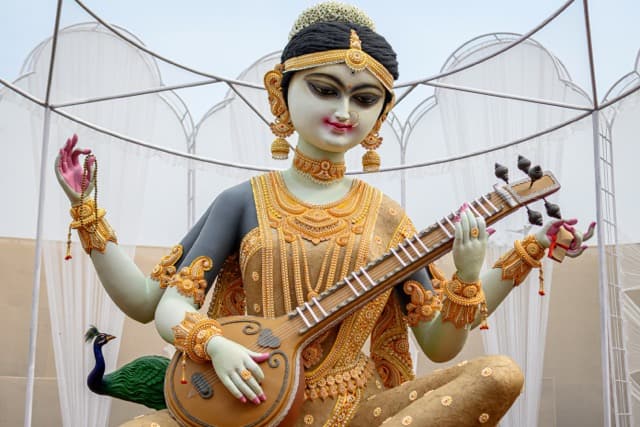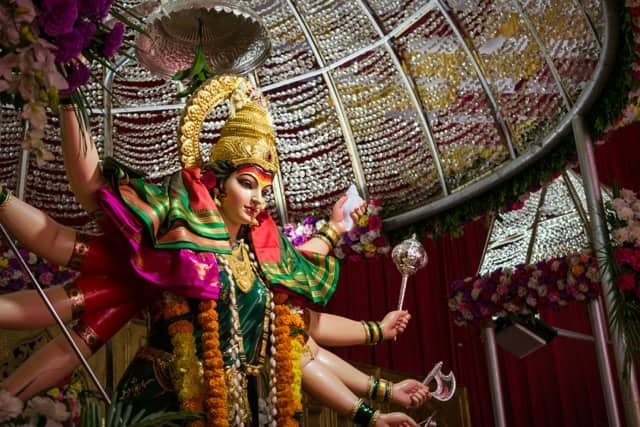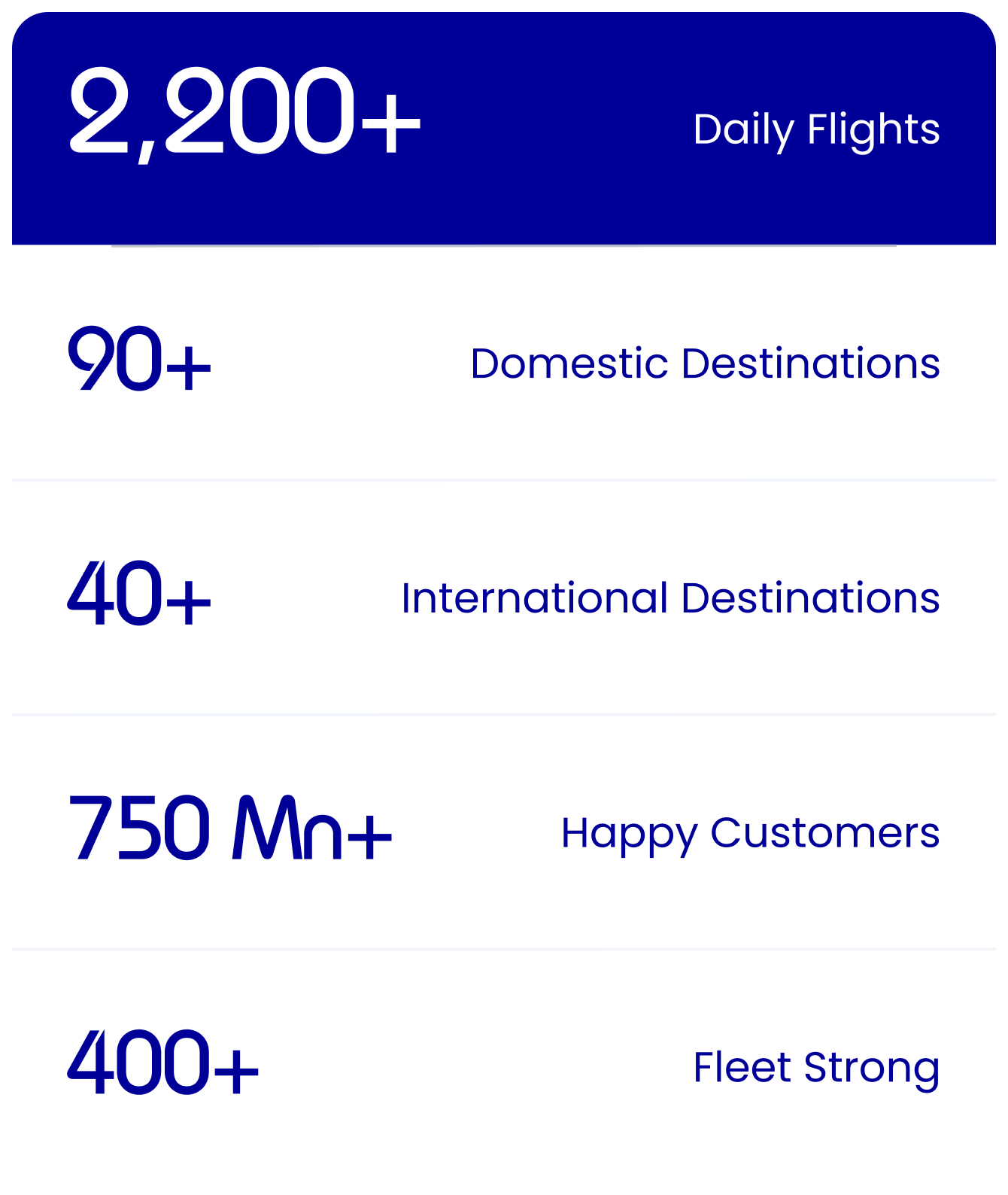Kolkata, once the capital of British India, is a vibrant city known for its rich history, culture, and intellectual heritage. It is home to iconic landmarks like the Victoria Memorial and Howrah Bridge. Kolkata tourism is known for its fantastic food, like the famous roshogolla and Kathi rolls, attracting food lovers from everywhere. Enjoy peaceful sunsets at the city's many ghats while sipping your tea. Dive into a detailed Kolkata travel guide to ensure you make the most of your journey.
How to reach Kolkata
- By air: Netaji Subhash Chandra Bose International Airport (CCU), located in Dum Dum, has been serving the Kolkata metropolitan region. Located approximately 17 km from the city centre, the airport has an integrated terminal for domestic and international flights to Kolkata.
- By train: Kolkata is well-connected by train to major cities across India. Howrah Junction and Sealdah Junction are the city's primary railway stations. Additionally, local trains link Kolkata with nearby destinations.
- By bus: Travellers can reach Kolkata via well-maintained national highways and state buses from West Bengal. Private buses from Puri and Darjeeling also offer routes to the city. It is well-connected to other cities via NH 2 and NH 6.
- Getxting around/local transport in Kolkata: Kolkata has a well-established local transport network, which includes buses, trams, auto rickshaws, metro, and taxis.
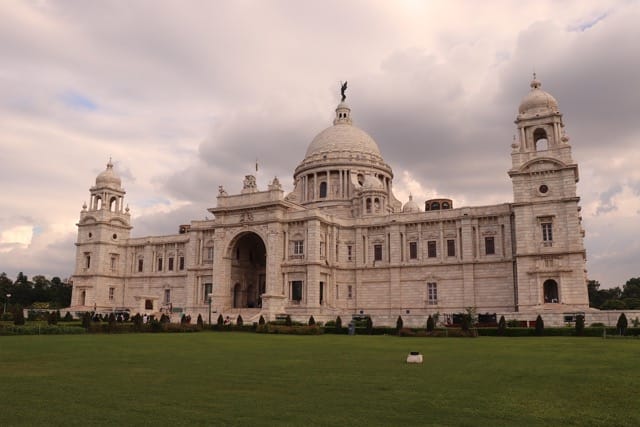
Victoria Memorial
A majestic fort is known for its imposing walls, intricate carvings, expansive courtyards, and panoramic views.
Experience Time: 1-2 hours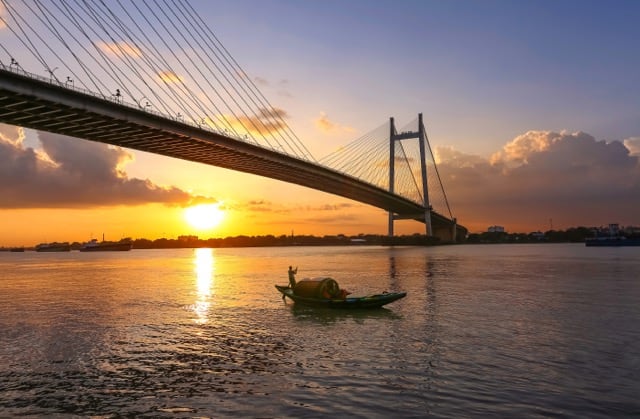
Princep Ghat
Exploration time: 2-3 hours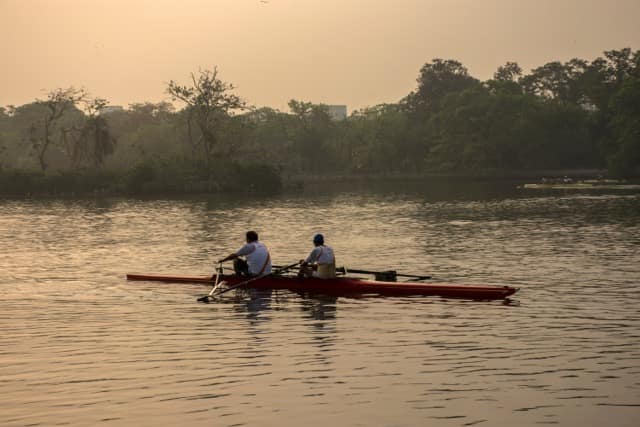
Rabindra Sarobar
Exploration time: 3-4 hours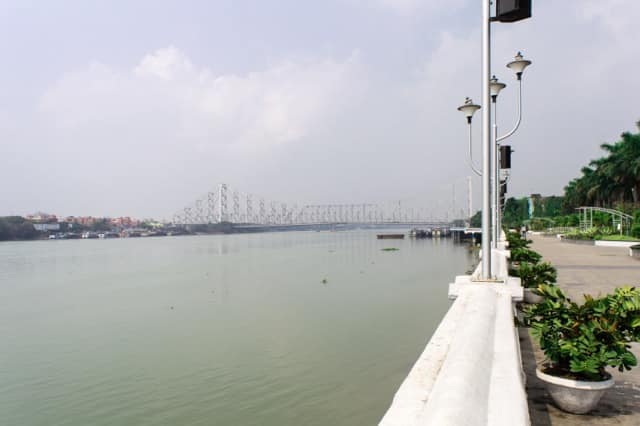
Millenium Park
Exploration time: 3-4 hours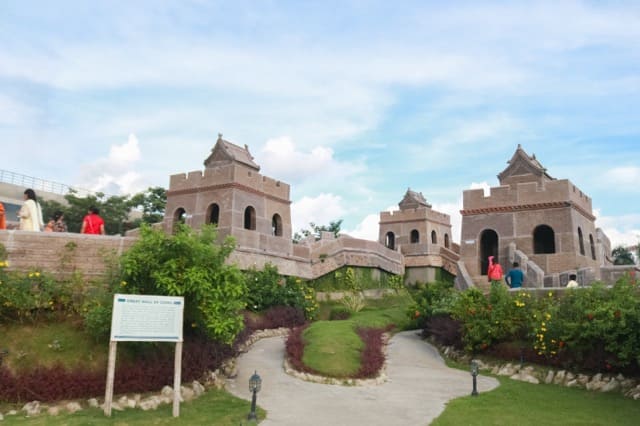
Eco Tourism Park
Exploration time: 2-3 hours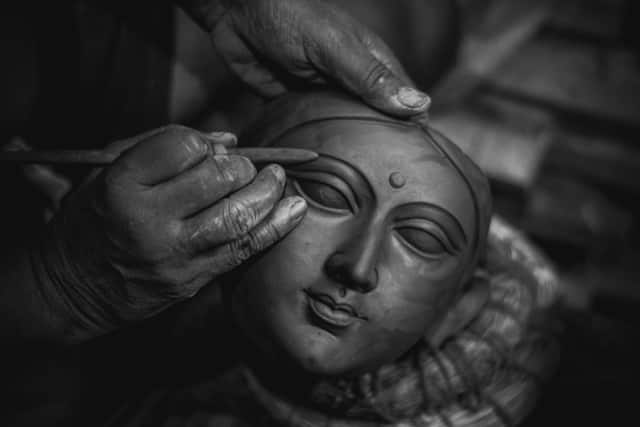
Kumortuli
Exploration time: 1-2 hoursPlaces to eat
Kolkata's food scene is a delightful surprise, offering a spicy and flavourful culinary experience. Here are some classic restaurants that you must visit.
Things To Do
Experience the rich heritage of Kolkata and immerse in the lively atmosphere of the cultural hub with these top things to do:
Best time to visit
Most commonly spoken languages
Kolkata is renowned for its affordability, allowing easy access to a wide range of inexpensive goods. Here are some of the popular markets in Kolkata:
- New Market: Also known as Hogg Market, this is truly a shopper’s paradise. In this bustling market, shoppers can find various products, from shoes to sarees, exotic flowers, and rare cheeses. With over 2,000 stalls in the area, there's something for everyone.
- Gariahat Market: Gariahat Market stretches along a long road, lined with shops selling various clothes, jewellery, and electronic items. In addition to the big shops, many makeshift tents offer items at lower prices. The sight is captivating, with exciting items spilling out of stores and glittering lights casting dancing shadows along the road. There are also several restaurants and food stalls where shoppers can grab a quick bite between shopping sprees.
- College Street: College Street, the largest book market in India, is a fantastic place to find rare books at throwaway prices. It's also known as the world's largest second-hand book market. The area is home to old Bengali publishing houses like Dey's and Ananda Publications. Don't miss the Indian Coffee House, a nostalgic spot to grab coffee.
- Hatibagan Market: Hatibagan Market is a wholesale market where you can indulge in a shopping spree and find a wide variety of footwear and imitation jewellery at a reasonable price. The market is a hub of activity, with vendors selling their goods from early morning until late evening. It's the best spot for affordable shopping and a glimpse into the city's vibrant commercial life.
- Dakhshinapan Shopping Centre: If you wish to support local artisans and craftspeople, this is an ideal shopping destination. This government-run emporium offers various handloom products and art pieces from different regions. At the Gujarat and Rajasthan emporiums, discover flared ethnic dupattas, skirts, and shirts adorned with mirror work. The Biswa Bangla showroom offers clothes made from the finest mulmul and linen. The Tamil Nadu emporium on the upper floor showcases an exquisite collection of dupattas.
More reasons to visit
Discover more reasons to visit Kolkata, a city known for its warm hospitality, rich history, and vibrant culture.
- Birla Planetarium: The Birla Planetarium, known as Taramandal, hosts shows in multiple languages, including Hindi, English, and Bengali. It features an electronics laboratory and astronomy gallery with paintings and models. Visiting here is a great way to spark interest in science, with shows discussing planets and celestial bodies. The planetarium attracts astronomy enthusiasts from around the world.
- Indian Museum: The Indian Museum has an impressive collection of contemporary paintings, sacred relics of Lord Buddha, Egyptian mummies, and ancient sculptures. It also features exquisite collections of ornaments, fossils, skeletons, antiques, armours, and stunning Mughal paintings. The museum is divided into six categories: Art, Archaeology, Anthropology, Geology, Zoology, and Economic Botany, with 35 galleries.
- St. Paul’s Cathedral: St. Paul’sCathedral is known for its stunning architecture, resembling the St. Martin-in-the-Fields of London. The cathedral was consecrated in 1874 and is renowned for its Gothic Revival style, with beautiful stained glass windows and a towering spire. It is considered a fine example of Indo-Gothic architecture. The cathedral holds regular services and is open to visitors who can admire its serene beauty and historical significance.


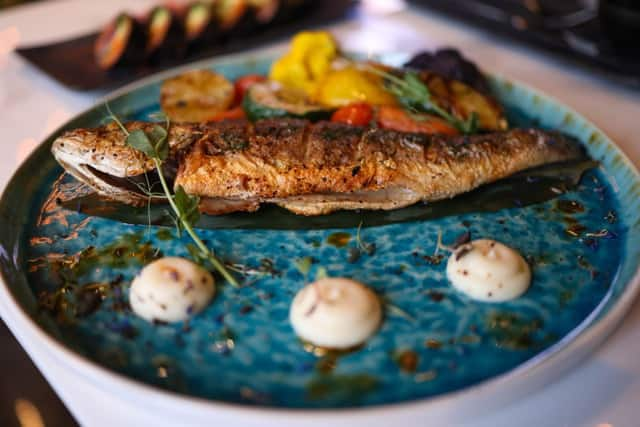
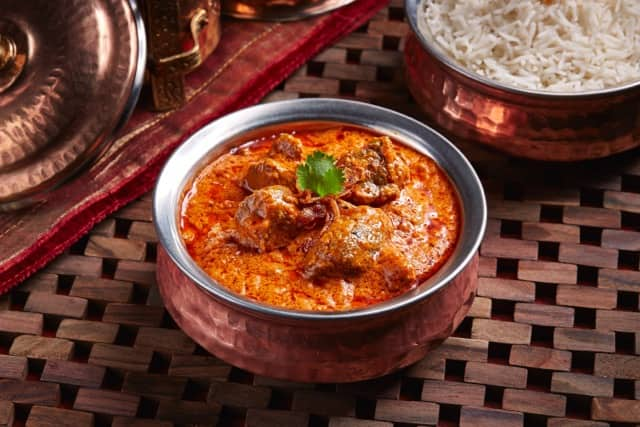
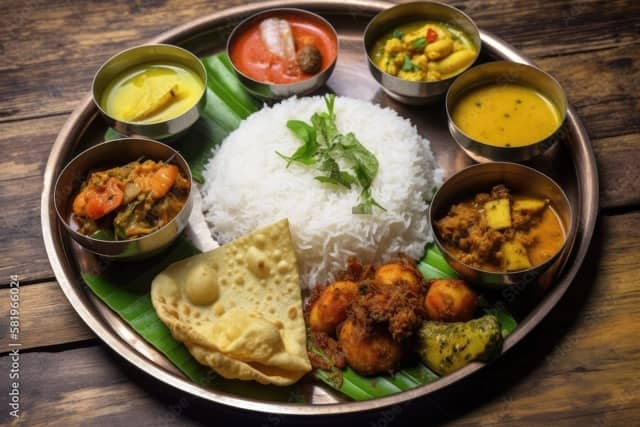
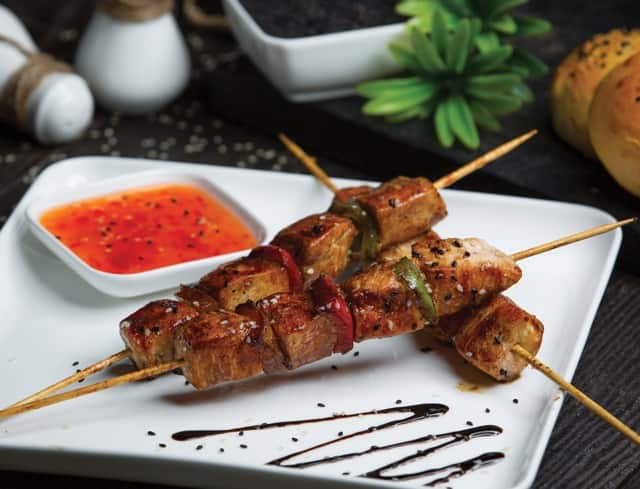
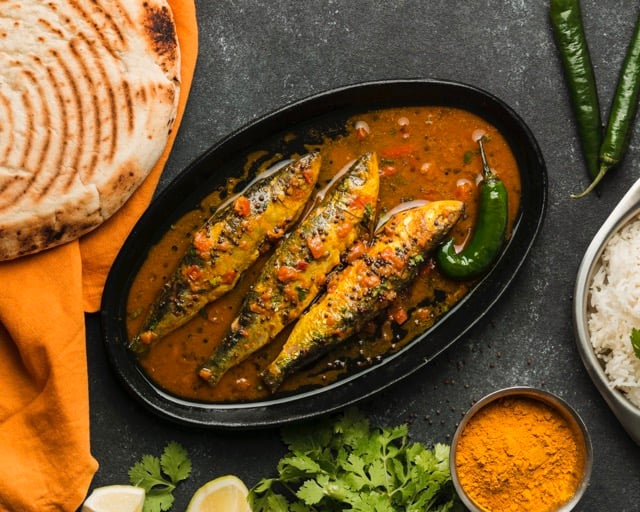
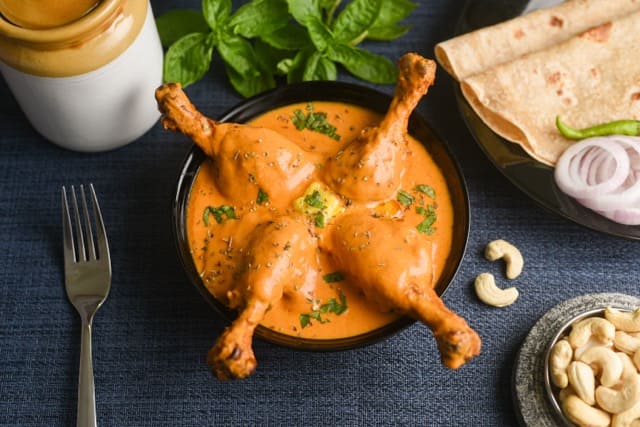

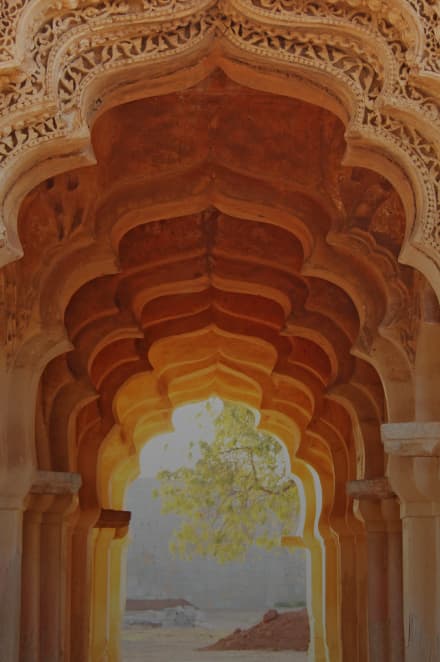
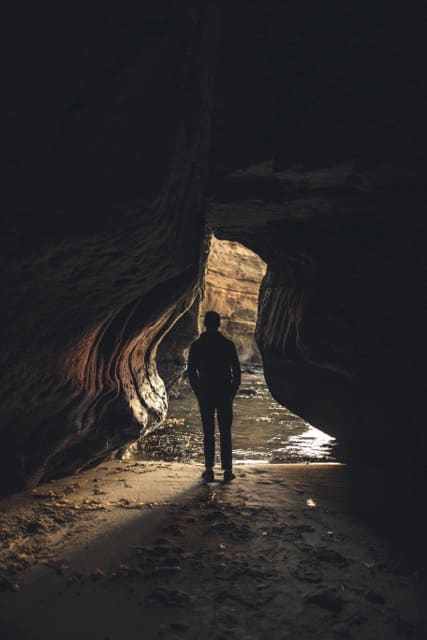

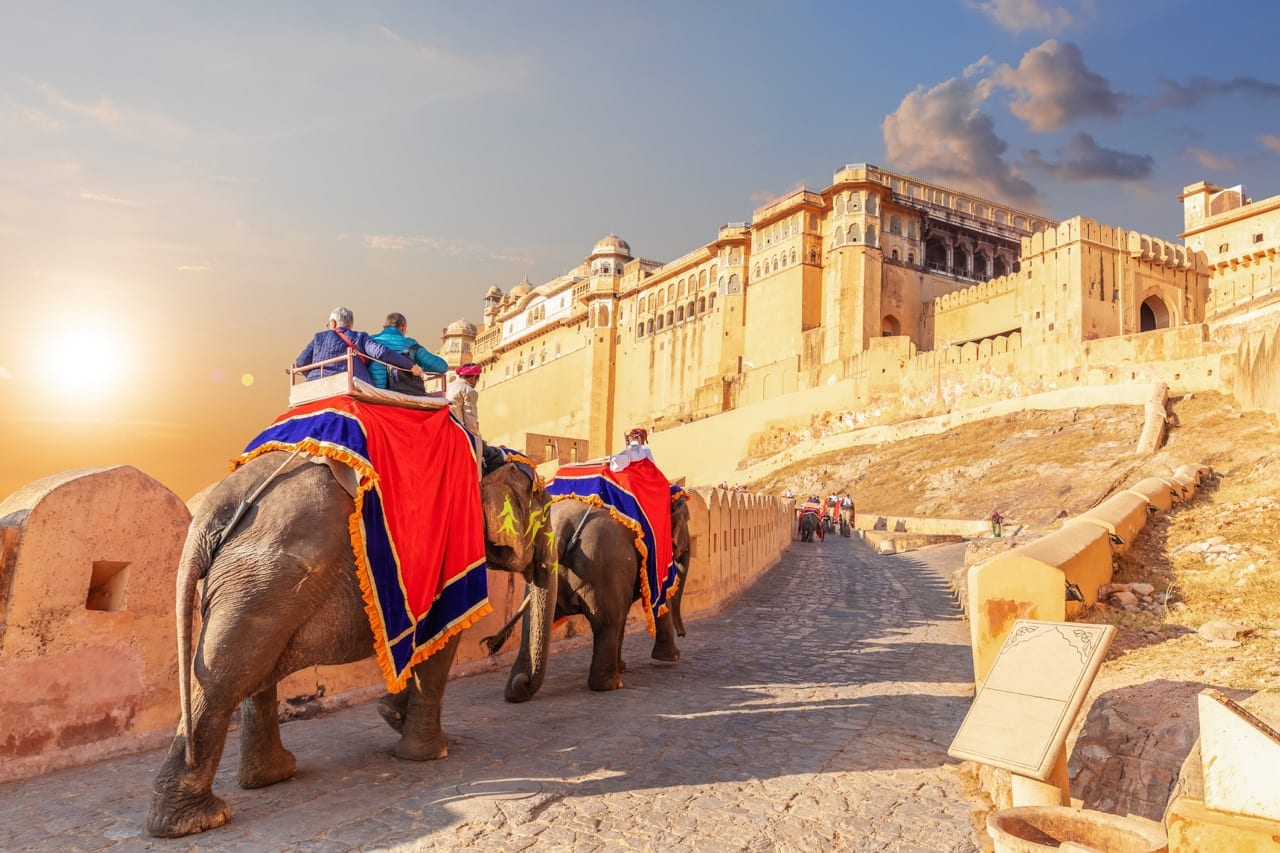
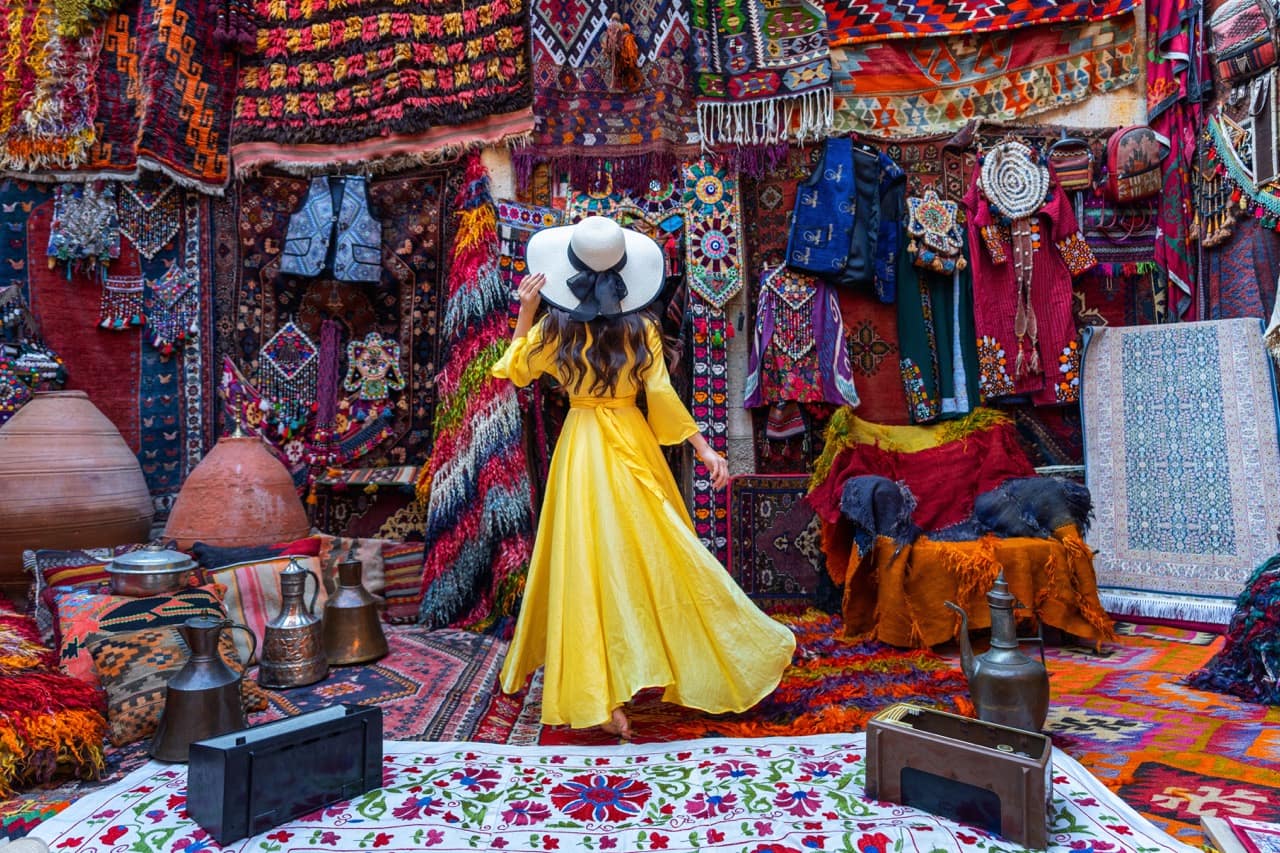
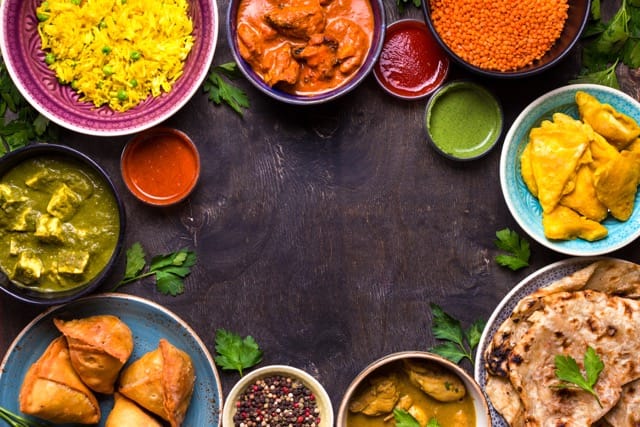

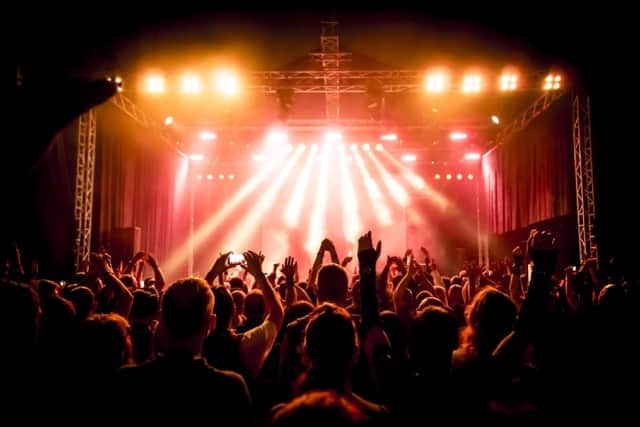
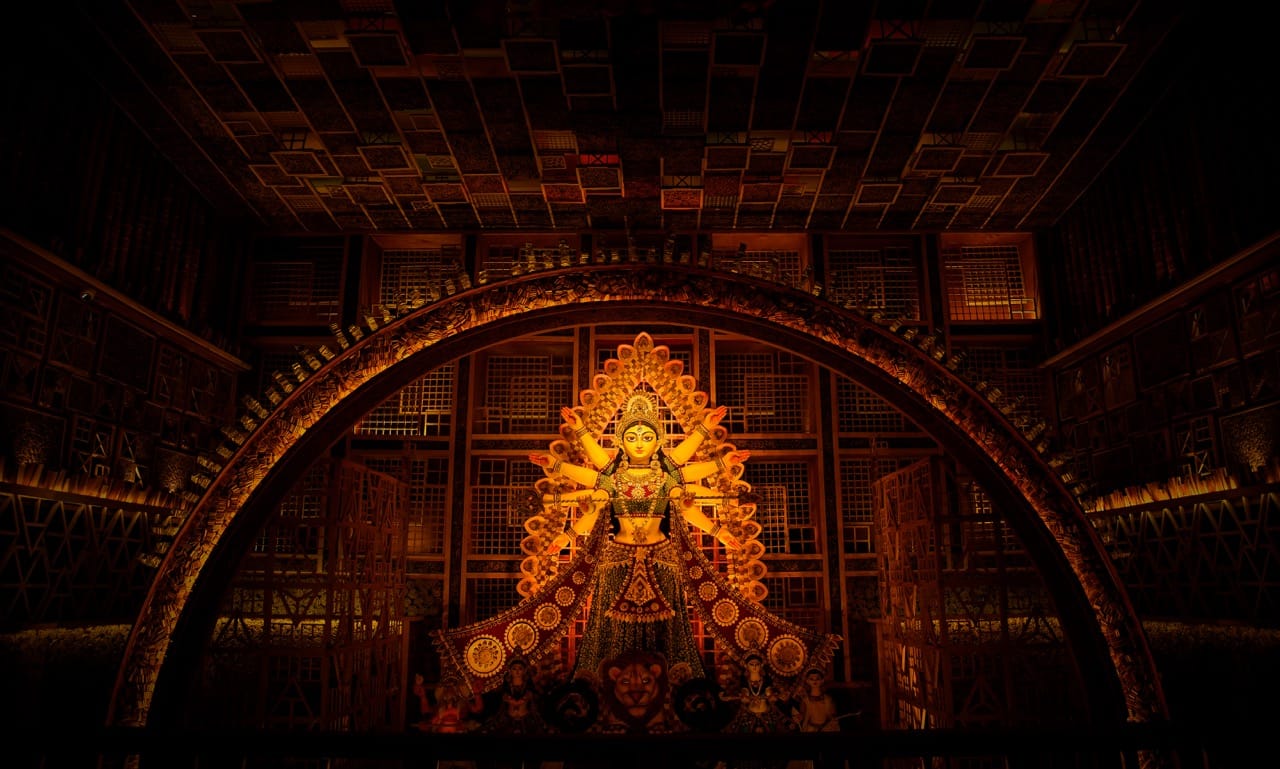
%20Medium.jpeg)
